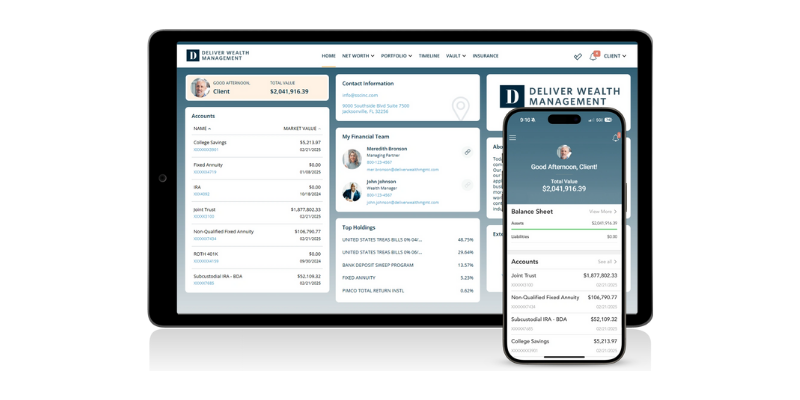Here is a brief checklist of planning related issues you may wish to consider before the calendar runs out.
- Schedule a meeting with your financial planner or accountant. The end of the year is a great time for a financial checkup. Check in before Dec. 31 in case they suggest time-sensitive strategies like deferring income or opening an IRA or other qualified plan.
- Max out retirement contributions. You have until you file your tax return next spring to make a 2017 contribution to an individual retirement account (IRA), but 401(k) contributions are only deductible when made in the same calendar year. If you want to establish a retirement plan for 2017, the plan documents also must be signed and put into place in 2017. The 2017 contribution limit is $18,000 for 401(k)s and $5,500 for IRAs (with an extra $1000 “catch-up” provision for those ages 50 and older).
- Defer income and accelerate expenses. Income that arrives in 2017 is taxable in 2017, so in some instances, it might make sense to delay that income to delay the tax bill. Those who want to reduce their 2017 tax liability may want to accelerate tax-deductible expenses. For instance, pre-paying for medical procedures that should exceed 10 percent of your adjusted gross income in 2018, or pre-paying recurring expenses like property taxes before the end of the year. If you are a small business owner, you may elect to send out bills until after 12/31, thus deferring income until the next year.
- Take your required minimum distributions (RMD’s). In the year following the year you reach age 70 ½, you must take required minimum distributions from your IRA by April 1. The penalty for failing to take RMD is a 50 percent tax on the amount that should have been withdrawn.
- Consider a Roth conversion. An individual with a traditional IRA and low taxable income may want to convert their traditional IRA to a Roth IRA before the end of the year. Conversion to a Roth IRA is going to eliminate future RMD requirements, giving the account owner additional years of tax-free growth, as well as income and estate planning options.
- Donate to charity. Dec. 31 is the deadline for charitable contributions you plan to deduct from your 2017 tax return. Instead of donating cash, some people choose to donate appreciated securities such as low-basis stocks or mutual funds to avoid capital gains tax.
- Use up FSA money. If you still have money set aside in a flexible spending account for health care expenses, see if you can order new glasses or schedule that dental work you’ve been putting off. Some companies offer a grace period into the spring or a $500 FSA carry-over from one year to the next, but most do not. If your employer doesn’t offer these provisions, you’ll lose any unused funds after 12/31.
- Check your beneficiaries. You can check the beneficiaries on your retirement accounts or insurance policies at any time, but it’s a good idea to do this at least annually. Children (and grandchildren) are born, divorces happen, philanthropic desires change. If you make this part of your year-end financial task list, then it will be easier to remember.
Making smart financial decisions now can mean tens or hundreds of thousands of dollars more to you later. Get your financial plan in order and you can scratch that off your New Year’s resolution list before another year goes by. Give us a call and see what a financial expert can do to help you define and reach your personal financial goals.




